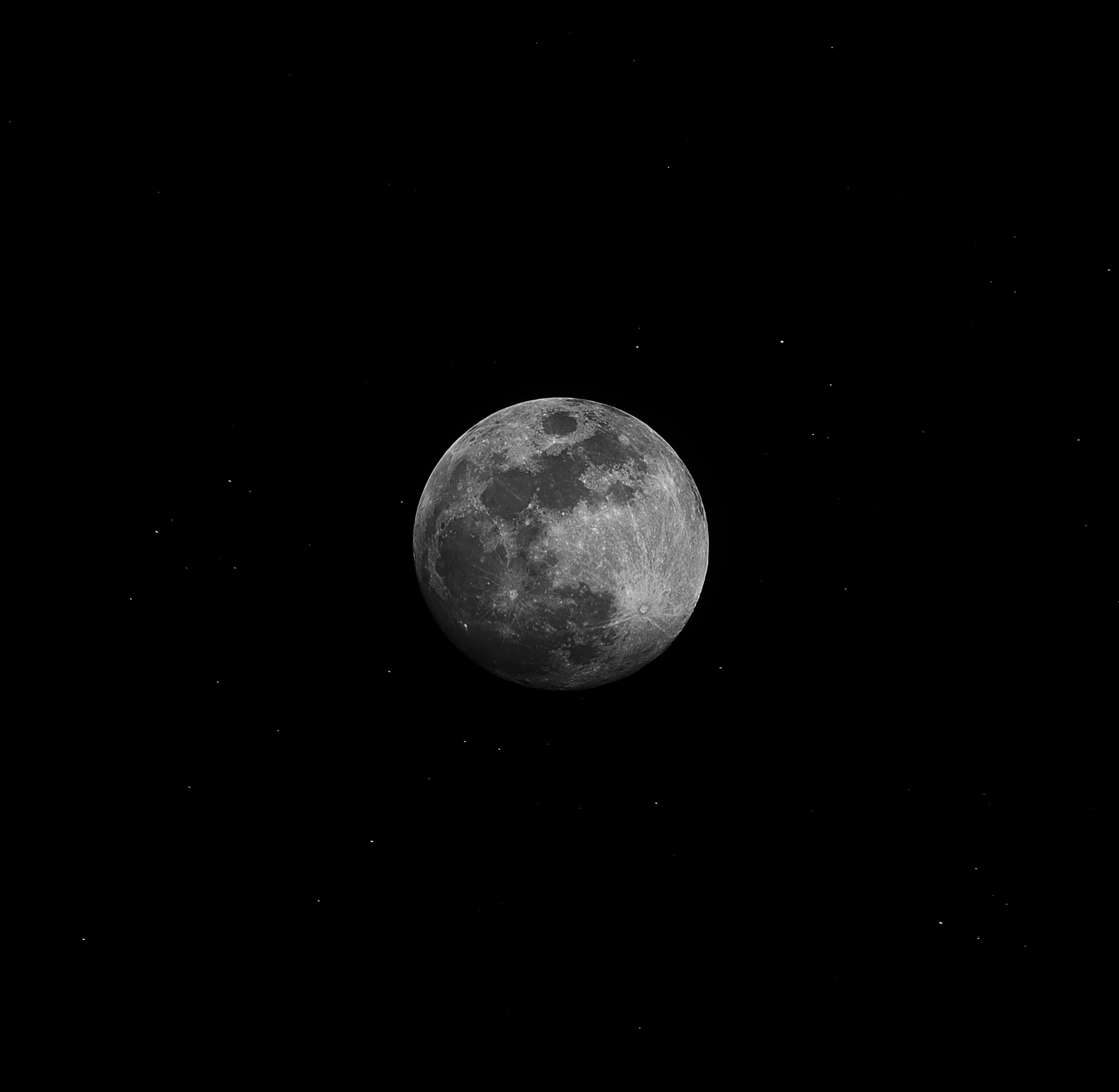The Moon’s Orbit Around Earth Animation: Understanding Earth’s Closest Celestial Companion
The moon has always captivated human beings with its ethereal beauty and mystical aura. As our closest celestial companion, the moon plays a significant role in shaping our planet’s tides, influencing cultural beliefs, and providing a stunning backdrop for stargazers. But have you ever wondered about the moon’s orbit around Earth?
In this blog post, we’ll explore the fascinating world of lunar motion, diving deep into the mechanics of the moon’s orbit around our planet. We’ll also discuss the significance of understanding this celestial dance and how animating the moon’s orbit can aid our comprehension. So, fasten your seatbelts, put on your astronaut helmets, and let’s embark on a cosmic journey!
The Basics of Lunar Motion
Before diving into the intricacies of the moon’s orbit, let’s review some fundamental concepts. The moon, Earth’s only natural satellite, orbits our planet in an elliptical path. This orbit is not perfectly circular but rather slightly elongated, resulting in varying distances between the moon and Earth throughout its revolution.
The duration of the moon’s orbit, known as its sidereal period, is approximately 27.3 days. However, due to the Earth’s rotation, it takes around 29.5 days to complete a full lunar cycle, from one new moon to the next. This phenomenon is known as a synodic month.
Now that we have a basic understanding of lunar motion let’s explore how animating the moon’s orbit around Earth can enhance our comprehension of this celestial spectacle.
Animating the Moon’s Orbit: Visualizing Celestial Phenomena
Visual aids have always been instrumental in helping us grasp complex concepts, and the moon’s orbit is no exception. Animating the moon’s orbit around Earth provides a dynamic and immersive way to understand this celestial phenomenon. By depicting the moon’s movement in a visual format, we can observe its orbit, the changing distances from Earth, and the intricate interplay between these two celestial bodies.
Creating an Accurate Moon’s Orbit Animation
To create an accurate depiction of the moon’s orbit, we must consider various factors and apply the principles of astrodynamics. These factors include the Earth’s gravitational pull, the moon’s velocity, and the moon’s elliptical orbit.
One essential element in animating the moon’s orbit is understanding the concept of frames per second (FPS). Adjusting the FPS allows us to control the speed at which the animation plays and enables viewers to perceive the moon’s movement more effectively. Striking the right balance between accuracy and comprehensibility is crucial when choosing an appropriate FPS for the animation.
Furthermore, representing the moon’s elliptical orbit accurately is essential. An ellipse has two foci, and Earth sits at one of these foci. Animating the moon’s orbit as a slightly elongated ellipse creates a visual representation that aligns with reality.
The Significance of Understanding Lunar Motion
Studying the moon’s orbit around Earth holds both scientific and cultural significance. From a scientific perspective, comprehending lunar motion contributes to our knowledge of celestial mechanics and planetary dynamics. It allows us to make accurate predictions about the tides, which play a vital role in marine ecosystems and coastal engineering.
Culturally, the moon has been a symbol of beauty, inspiration, and even worship for centuries. Understanding the moon’s orbit helps contextualize cultural practices and ancient beliefs associated with lunar phases and celestial alignments.
Revisiting Ancient Observations
Animating the moon’s orbit can also shed light on historical astronomical observations. Ancient civilizations, such as the Babylonians, Mayans, and Egyptians, made meticulous records of lunar motion, often using sophisticated mechanisms to predict lunar and solar eclipses.
By visualizing the moon’s orbit in an animation, we can gain a deeper appreciation for their astronomical achievements and better understand the significance of celestial events in ancient cultures.
Conclusion
In conclusion, animating the moon’s orbit around Earth provides a powerful tool for understanding the celestial dance between these two bodies. By visualizing lunar motion, we can grasp the complexities of the moon’s elliptical orbit, changing distances from Earth, and the scientific and cultural significance of studying lunar motion.
So, next time you gaze up at the night sky and marvel at the radiant moon, remember the intricate orbital mechanics that bring this celestial spectacle to life. Thanks to animations, we can now appreciate the moon’s orbit on a whole new level.
Table of Contents
